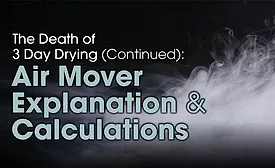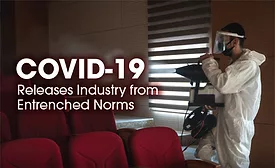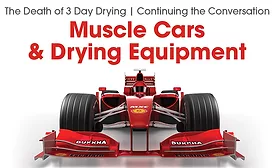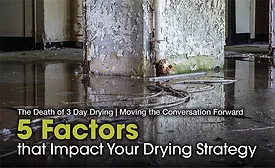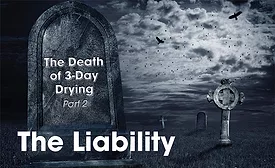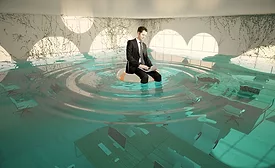Articles by Kris Rzesnoski
The Death of 3 Day Drying | Moving the Conversation Forward
5 Factors that Impact Your Drying Strategy
Read More
The Death of 3-Day Drying
Time for the restoration industry to adopt stabilization protocols, and embrace restorative drying.
Read More
Stay ahead of the curve with our eNewsletters.
Get the latest industry updates tailored your way.
JOIN TODAY!Copyright ©2025. All Rights Reserved BNP Media.
Design, CMS, Hosting & Web Development :: ePublishing
